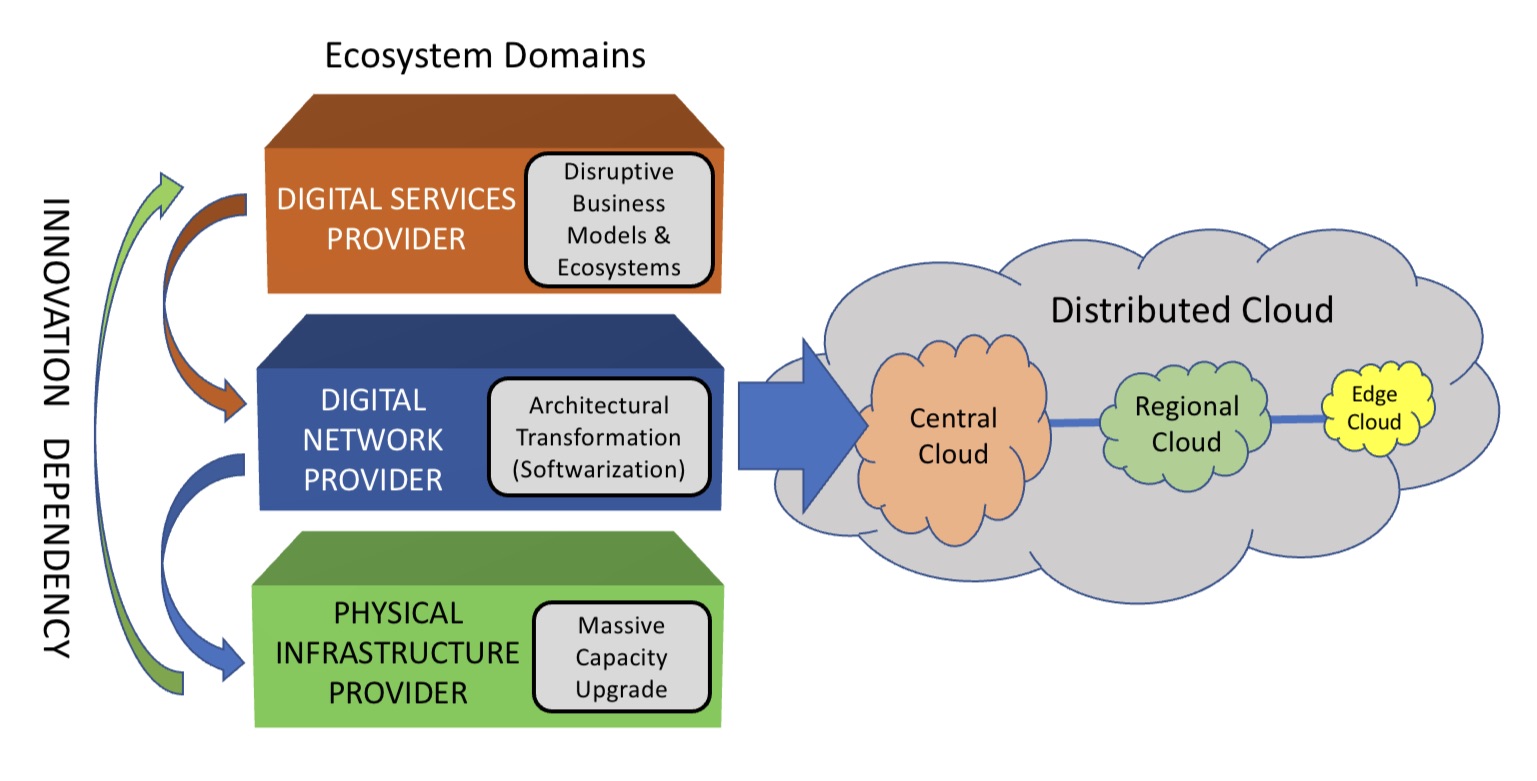The APC’s blueprint for silicon photonics
 Monday, December 25, 2023 at 12:39PM
Monday, December 25, 2023 at 12:39PM The Advanced Photonics Coalition (APC) wants to smooth the path for silicon photonics to become a high-volume manufacturing technology.
 Jeffery Maki
Jeffery Maki
The organisation is talking to companies to tackle issues whose solutions will benefit the photonics technology.
The Advanced Photonics Coalition wants to act as an industry catalyst to prove technologies and reduce the risk associated with their development, says Jeffery Maki, Distinguished Engineer at Juniper Networks and a member of the Advanced Photonics Coalition's board.








